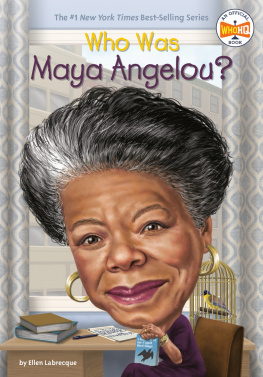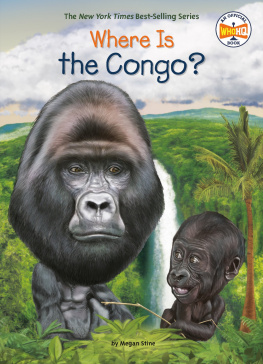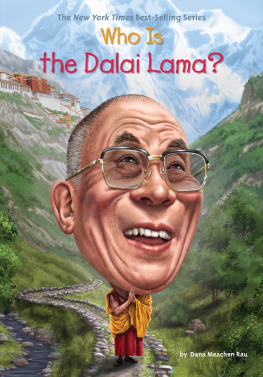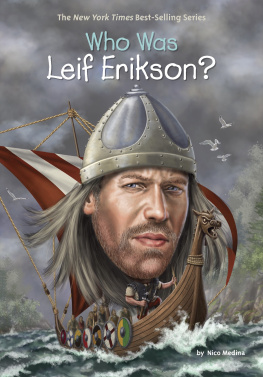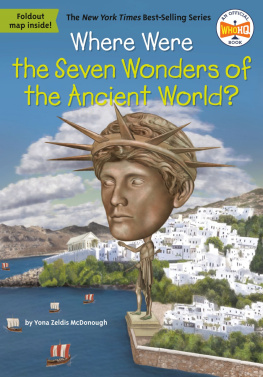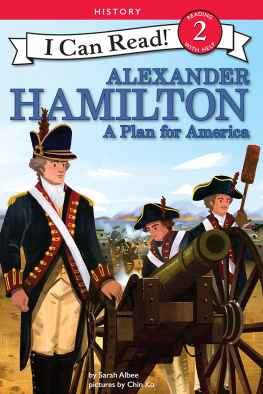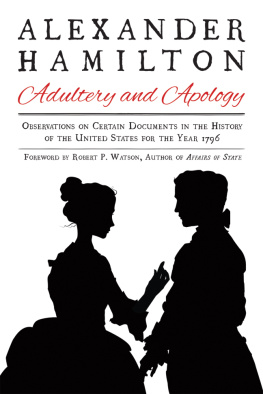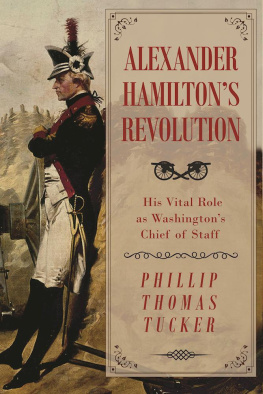Dede Putra - Who Was Alexander Hamilton?
Here you can read online Dede Putra - Who Was Alexander Hamilton? full text of the book (entire story) in english for free. Download pdf and epub, get meaning, cover and reviews about this ebook. year: 2017, publisher: Penguin Young Readers Group, genre: History. Description of the work, (preface) as well as reviews are available. Best literature library LitArk.com created for fans of good reading and offers a wide selection of genres:
Romance novel
Science fiction
Adventure
Detective
Science
History
Home and family
Prose
Art
Politics
Computer
Non-fiction
Religion
Business
Children
Humor
Choose a favorite category and find really read worthwhile books. Enjoy immersion in the world of imagination, feel the emotions of the characters or learn something new for yourself, make an fascinating discovery.
- Book:Who Was Alexander Hamilton?
- Author:
- Publisher:Penguin Young Readers Group
- Genre:
- Year:2017
- Rating:4 / 5
- Favourites:Add to favourites
- Your mark:
- 80
- 1
- 2
- 3
- 4
- 5
Who Was Alexander Hamilton?: summary, description and annotation
We offer to read an annotation, description, summary or preface (depends on what the author of the book "Who Was Alexander Hamilton?" wrote himself). If you haven't found the necessary information about the book — write in the comments, we will try to find it.
Who Was Alexander Hamilton? — read online for free the complete book (whole text) full work
Below is the text of the book, divided by pages. System saving the place of the last page read, allows you to conveniently read the book "Who Was Alexander Hamilton?" online for free, without having to search again every time where you left off. Put a bookmark, and you can go to the page where you finished reading at any time.
Font size:
Interval:
Bookmark:

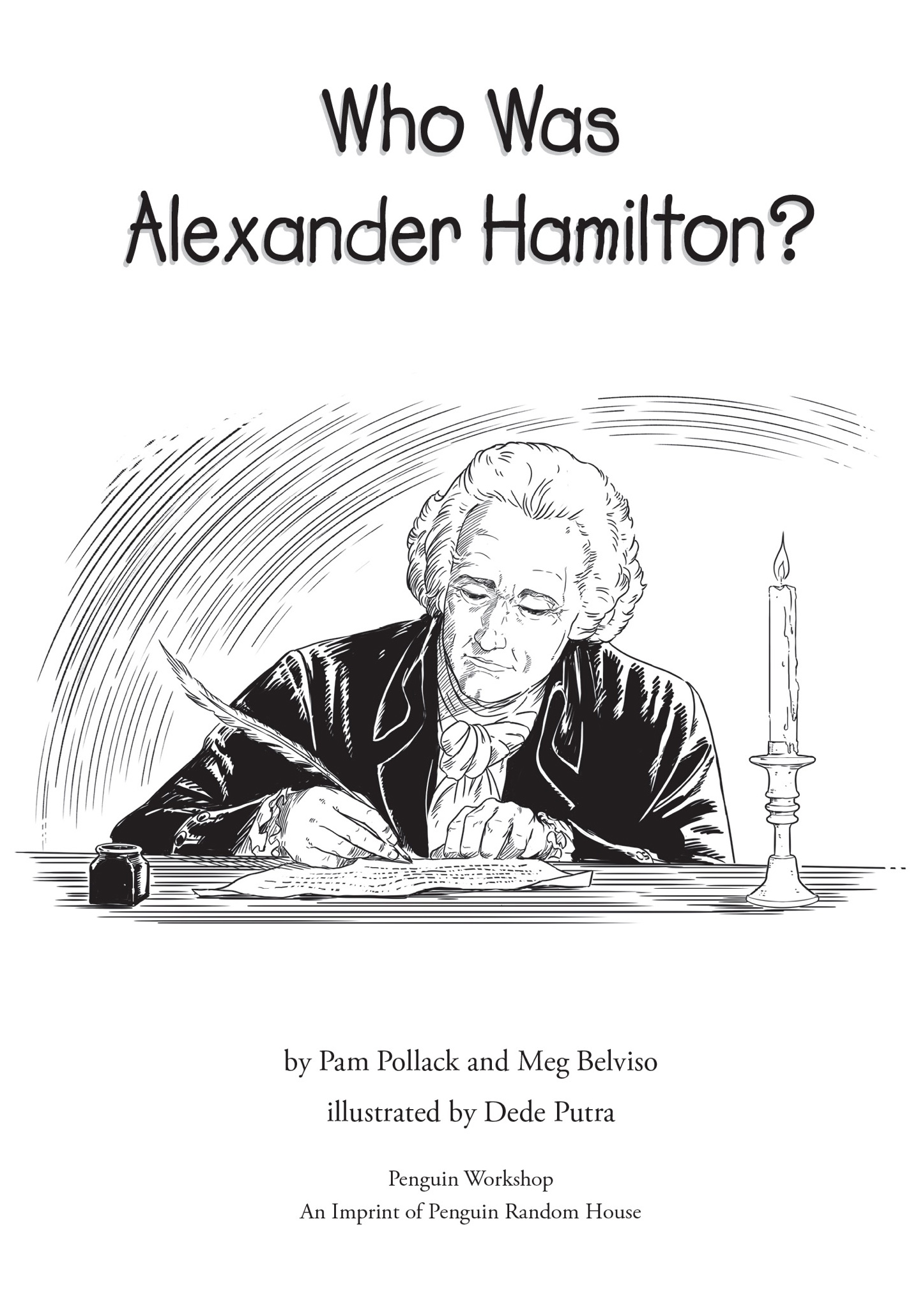
For Bill Blakeslee, tax wizardPP
For Tom Belviso, founding fatherMB
PENGUIN WORKSHOP
Penguin Young Readers Group
An Imprint of Penguin Random House LLC

If you purchased this book without a cover, you should be aware that this book is stolen property. It was reported as unsold and destroyed to the publisher, and neither the author nor the publisher has received any payment for this stripped book.
Penguin supports copyright. Copyright fuels creativity, encourages diverse voices, promotes free speech, and creates a vibrant culture. Thank you for buying an authorized edition of this book and for complying with copyright laws by not reproducing, scanning, or distributing any part of it in any form without permission. You are supporting writers and allowing Penguin to continue to publish books for every reader.
The publisher does not have any control over and does not assume any responsibility for author or third-party websites or their content.
Text copyright 2017 by Pam Pollack and Meg Belviso. Illustrations copyright 2017 by Penguin Random House LLC. All rights reserved. Published by Penguin Workshop, an imprint of Penguin Random House LLC, 345 Hudson Street, New York, New York 10014. PENGUIN and PENGUIN WORKSHOP are trademarks of Penguin Books Ltd. WHO HQ & Design is a registered trademark of Penguin Random House LLC.
Library of Congress Cataloging-in-Publication Data is available.
ISBN 9780399544279 (paperback)
ISBN 9780399544293 (library binding)
ISBN 9780399544286 (ebook)
Version_1

On July 11, 1804, high above the Hudson River in Weehawken, New Jersey, two men met at dawn. They were Alexander Hamilton, a Revolutionary War hero and the first secretary of the treasury, and Aaron Burr, the vice president of the United States. They had come to fight a duel.
In the early 1800s, dueling was common. When two gentlemen got into a fight that they couldnt settle with words, they agreed to meet with pistols instead. In a secluded place, they faced each other. They planned to point and shoot at the same time. If they were lucky, both men would survive. The men stood on a high rock cliff facing the water. They were hidden by trees. This was a popular spot for duels.
A man who refused to fight a duel was seen as a coward. But dueling was illegal in New York City, where Alexander and Aaron lived. New Yorkers could be punished for dueling. That is why they had come to Weehawkena spot right across the river from New York City. New Jersey was not as strict about dueling.
Alexander Hamilton and Aaron Burr had known each other for many years. Sometimes they worked together as lawyers or in the government. Often they disagreed. A few weeks earlier, Alexander had insulted Aaron at a dinner party. Aaron demanded an apology when he found out, but Alexander refused. Friends of the two men tried to make peace between them. But it was no use.
Alexander Hamilton and Aaron Burr raised their pistols and took their aim. Only one would survive.
A Caribbean Childhood
On January 11, 1755, Alexander Hamilton was born on Nevis, a small island in the West Indies. It is now part of the country called the Federation of Saint Kitts and Nevis. It was a British colony, which meant it was governed by Great Britain and its king, George III.
Alexanders parents were James Hamilton and Rachel Faucette. James had grown up in Scotland, where his family lived in a castle. But as the youngest son, James didnt inherit it. He came to the West Indies hoping to make money, but he wasnt very good at it.
Rachel Faucette had been born in the West Indies, and her family was French. James and Rachel were not married. Rachel had married another man when she was young, but he was very mean. She ran away, leaving behind a son, and she never saw him again. Rachel and James lived together as husband and wife and had two children, James and Alexander.

When Christopher Columbus set out from Spain, he hoped to sail west and eventually find the islands known as the East Indies. The place that Columbus was really looking for was east of Spain, in the Pacific Oceana country we now call Indonesia. When he came upon a group of islands in the Caribbean, he thought he had reached his destination. So he called these islands the Indies. When people realized Columbuss mistake, they referred to this area of the Atlantic Ocean as the West Indies.
Also known as the Caribbean Basin, the West Indies encompass the triangle from Florida south along the coast of Central America, eastward along the coast of South America, and northward to Bermuda.
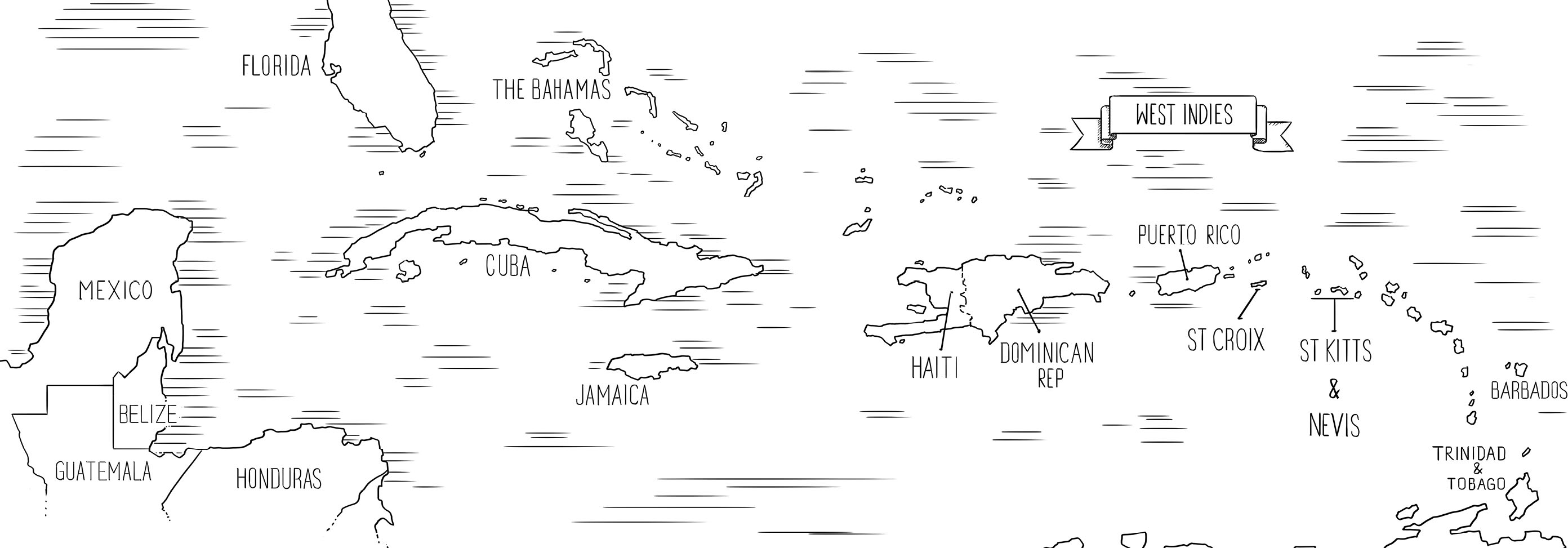
Many white people on the island made money by growing sugarcane. Most of the sugarcane was picked by slaves who had been brought to the islands from Africa. It was a terrible job, standing in the hot sun and harvesting the plants. So terrible that many slaves died within five years of being sent to the island. Perhaps it was seeing people suffer this way that turned Alexander against slavery for the rest of his life.
Alexander loved to read both in English and French, a language he learned from his mother. He probably wasnt allowed to go to a formal school because his parents werent married, so he was tutored. But in his small town, Alexander and James didnt really think of themselves as different from other children. It wasnt unusual for boys to be taught at home.
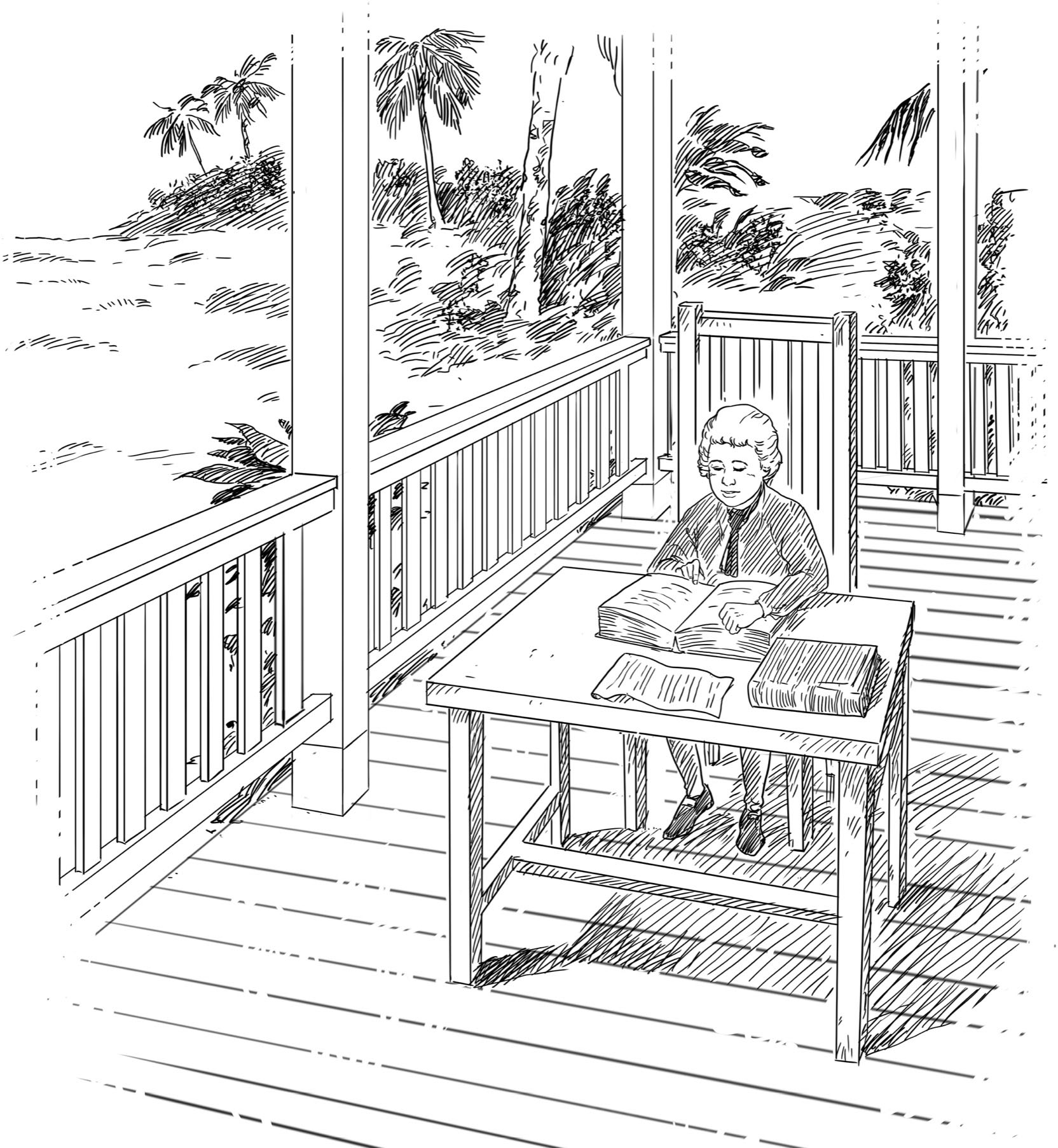
Sugarcane is a type of grass that grows over six feet tall. It grows best in tropical climates, but it did not exist in the West Indies until Christopher Columbus brought it there. Europeans saw this as a good place to raise the crop, using slaves as free labor.
Ships left European ports and sailed to Africa carrying valuable items like guns, cloth, and copper. Once in Africa, they would trade goods for human beings who would later be sold as slaves. Many died on the journey, but those who survived were brought to America to work on plantations and pick cotton, or sent to the Caribbean to harvest sugarcane.
The cotton and the sugaroften in the form of molasses or rumwas shipped back to Europe. Because the ships returned to the same three areas over and over, this was called the Triangle Trade.

In 1765, James Hamilton moved the family to another island, called St. Croix (say: saint CROY), which today is part of the United States Virgin Islands. In St. Croix, Alexander and his brother, James, started to understand for the first time that they were different from other children because their parents werent married. Some people on the island did not approve.
Font size:
Interval:
Bookmark:
Similar books «Who Was Alexander Hamilton?»
Look at similar books to Who Was Alexander Hamilton?. We have selected literature similar in name and meaning in the hope of providing readers with more options to find new, interesting, not yet read works.
Discussion, reviews of the book Who Was Alexander Hamilton? and just readers' own opinions. Leave your comments, write what you think about the work, its meaning or the main characters. Specify what exactly you liked and what you didn't like, and why you think so.


